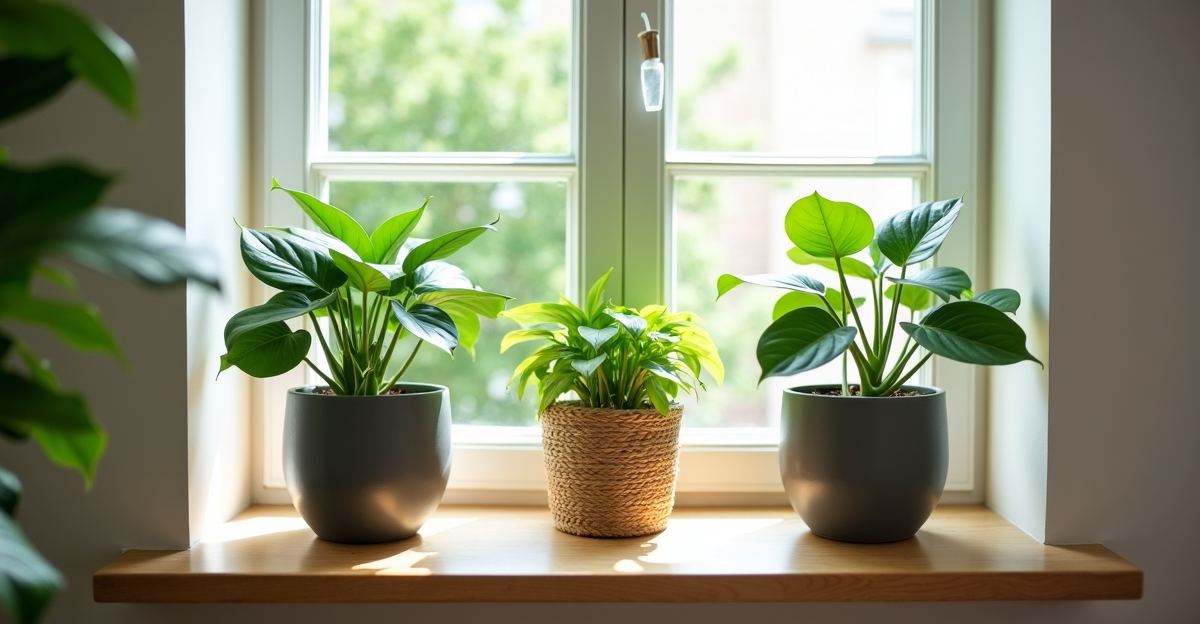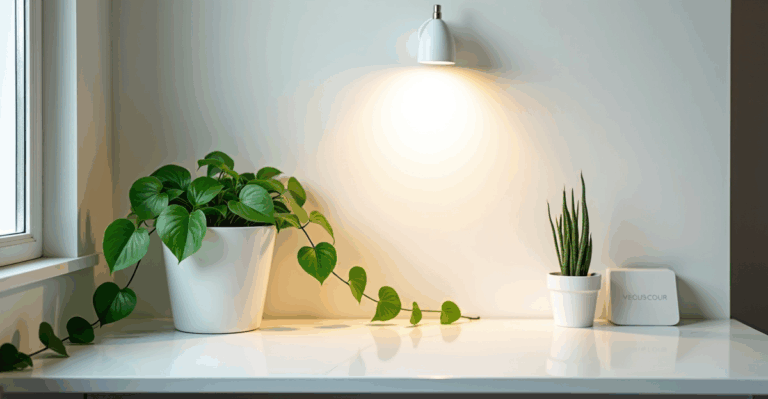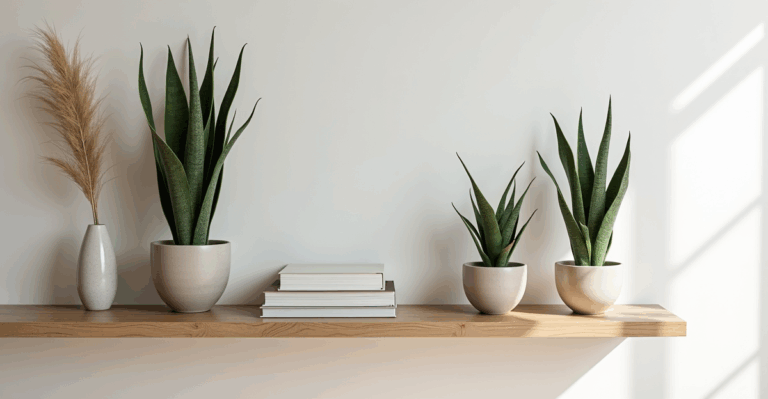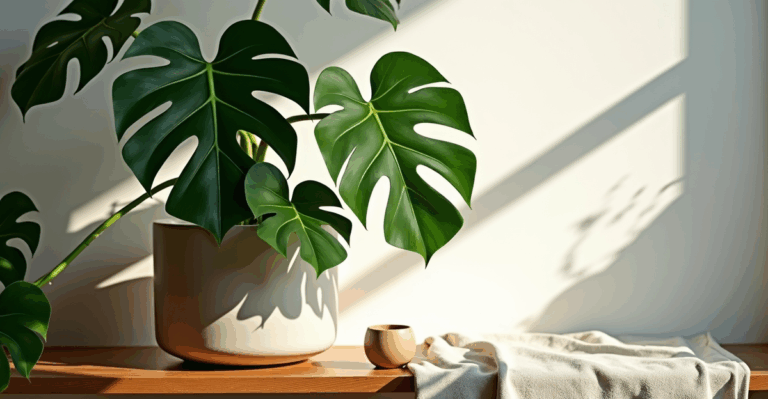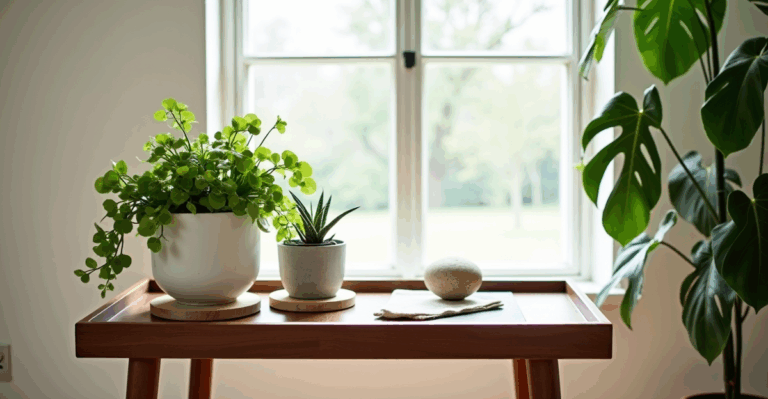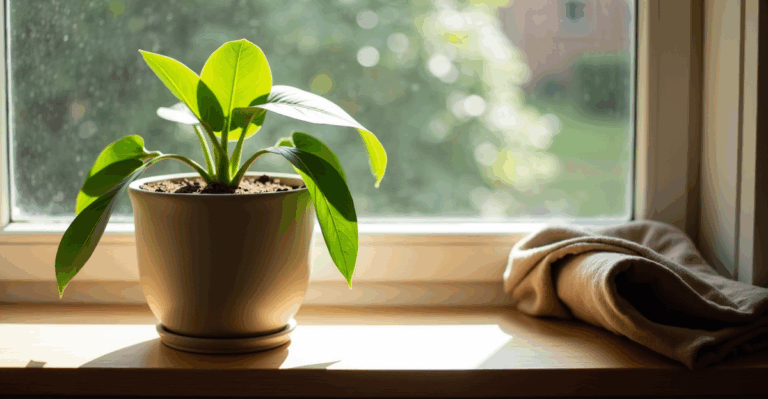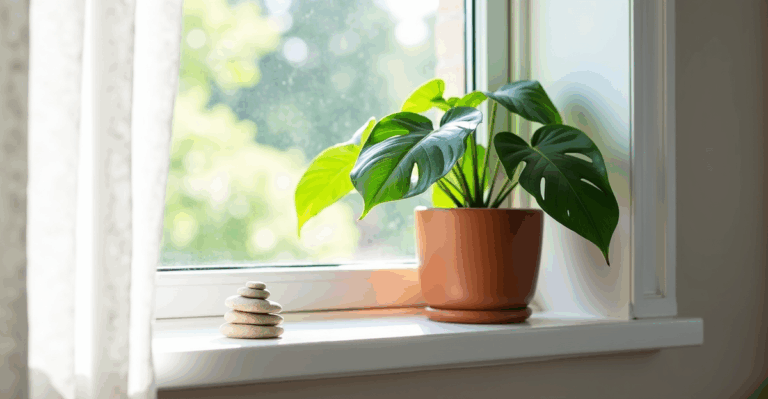Peperomia Perfection: Your North-Facing Drafty Window, Solved
We’ve all been there. You move your beloved Peperomia to the sunniest spot in the living room – the north-facing window with the great view – only to watch its leaves droop, its edges brown, or worse, shed entirely by the end of the week. You check the light: it’s bright, yes, but cold and constant, with a distinct whoosh of air every time the window opens. You water it like always, and suddenly, the soil stays soggy for days. You’re not failing; you’re just trying to make a low-light, drafty corner work for a plant that actually thrives in those conditions. It’s a common puzzle, especially for Peperomias, which are low-light darlings but not draft-tolerant. Let’s fix this together.
Why Your North Window (With Drafts) Isn’t a Dealbreaker
North-facing windows offer consistent, cool, indirect light – perfect for Peperomias. The problem isn’t the light; it’s the draft. Cold air rushing over the soil surface or directly onto leaves mimics winter conditions, shocking the plant. It slows growth, triggers leaf drop (especially older leaves), and can make the soil feel damp even when it’s dry. You might think, “Just move it further from the window!” but that often puts it into too much shade, causing etiolation (stretchy stems, pale leaves). The key isn’t avoiding the window, but strategically using the light while shielding the plant from the draft.
Fix Draft-Induced Stress Without Moving Your Plant
Don’t relocate the Peperomia if you’ve found its perfect light spot. Instead, create a mini-buffer. Place a small, lightweight bookshelf or a woven basket between the plant and the window. If the draft comes from the window itself, a simple, clear acrylic sheet (like a shower door insert cut to size) taped to the frame just above the plant acts like a windbreak. We’ve used this in our shop’s north-facing nursery window for years, and it’s been a game-changer for Peperomias. The light still reaches the plant perfectly, but the chill is blocked. It’s a low-cost, invisible fix that keeps your styling intact.
Water Smartly for Low Light & Drafty Conditions
In low light, Peperomias use water much slower. Drafts also evaporate moisture from the soil surface faster, making it feel dry sooner than it actually is. This is a classic overwatering trap. Our rule: Stick your finger in the soil up to the second knuckle. If it feels dry at that depth, it’s time to water. If it’s damp, wait. For a north-facing room, this often means watering every 2–3 weeks in winter, and maybe once a month in summer. Crucially, never water just because the top inch feels dry – that’s the draft’s trick! Use a pot with drainage holes (not self-watering) to avoid sitting water. Flush the pot with room-temperature water every 4–6 months to prevent mineral buildup from hard water, which is especially problematic in cool, slow-drying conditions.
The Perfect Potting Mix & Planter Combo for Your Setup
Peperomias hate soggy roots, so your mix needs to drain and hold some moisture. A standard 50/50 mix of potting soil and perlite works well. Avoid heavy, water-retentive mixes like straight coco coir in this spot. For the planter itself, avoid ceramic or unglazed clay near drafts – they absorb moisture from the soil and the air, drying out faster and making cold spots more pronounced. Opt for a lightweight, plastic or resin pot with drainage holes. This is where our 3D-printed planters shine. Their smooth, non-porous surfaces prevent moisture absorption, maintain consistent soil temperature, and their lightweight design makes them easy to adjust near the window without worrying about cracking. They also come in shapes that fit perfectly on narrow window sills without blocking light.
Styling Your North-Facing Peperomia (Without the Drafty Drama)
A north-facing window is prime real estate for a curated plant display. Try pairing your Peperomia with a small trailing plant like a Pilea (in a similar lightweight pot) on a higher shelf near the window, and your Peperomia on a lower shelf or ledge behind the windbreak. This creates depth without clutter. If your window ledge is narrow, use a small, slim 3D-printed planter with a minimalist design – it won’t add visual bulk but will sit securely without wobbling (a common issue with ceramic pots near drafts). For the look, group Peperomias with similar leaf textures (like Peperomia obtusifolia and Peperomia caperata) on a clean, white tray to reflect light and enhance the cool, calm vibe of the space. The smooth finish of the 3D-printed pot complements this aesthetic perfectly.
Edge Cases: Winter Dryness & Seasonal Shifts
Drafts are worst in winter when heating is on and windows are opened. During this time, especially avoid placing plants directly on cold window sills – the soil gets icy. Keep them 12 inches away. Also, indoor heating dries the air. Peperomias tolerate average humidity (40-50%), but if your room feels like a desert (common near drafty windows), a small humidifier near the plant (not directly on it) helps. If you notice crispy leaf edges, it’s likely dry air, not a watering issue – adjust humidity, not your watering schedule. Avoid misting, as cold droplets on leaves near drafts cause more stress.
Why This Works: The Real Talk
This isn’t about forcing a plant into a bad spot. It’s about understanding why the draft is the real problem, not the light. North light is good; the draft is the enemy. Fixing the draft (with a simple barrier) and adjusting watering based on actual soil moisture (not surface dryness) are the core solutions. Using a lightweight, non-absorbent pot (like our 3D-printed ones) just makes it easier to maintain that balance without constant worry. It avoids the common pitfalls: overwatering due to misreading soil dryness, or moving the plant and losing the perfect light.
Key Takeaways
– Never water based on surface dryness near drafts; check soil depth (2-3 inches down).
– Shield the plant from direct drafts with a simple barrier, not relocation.
– Use a lightweight, non-absorbent pot to maintain stable soil temperature and moisture.
We’ve all wrestled with that stubborn plant near the drafty window, wondering why it just won’t thrive. It’s never the light—it’s the cold air sneaking in, tricking you into overwatering and stressing your Peperomia. The solution isn’t fancy equipment or a new window; it’s understanding the real issue and using simple, practical fixes that work with your existing space. You don’t need to move your plant to a sunnier room or give up on your north-facing spot. You just need to make that corner work for your plant, not against it.
When you’re ready to grow your setup, explore our 3D-printed planters.

